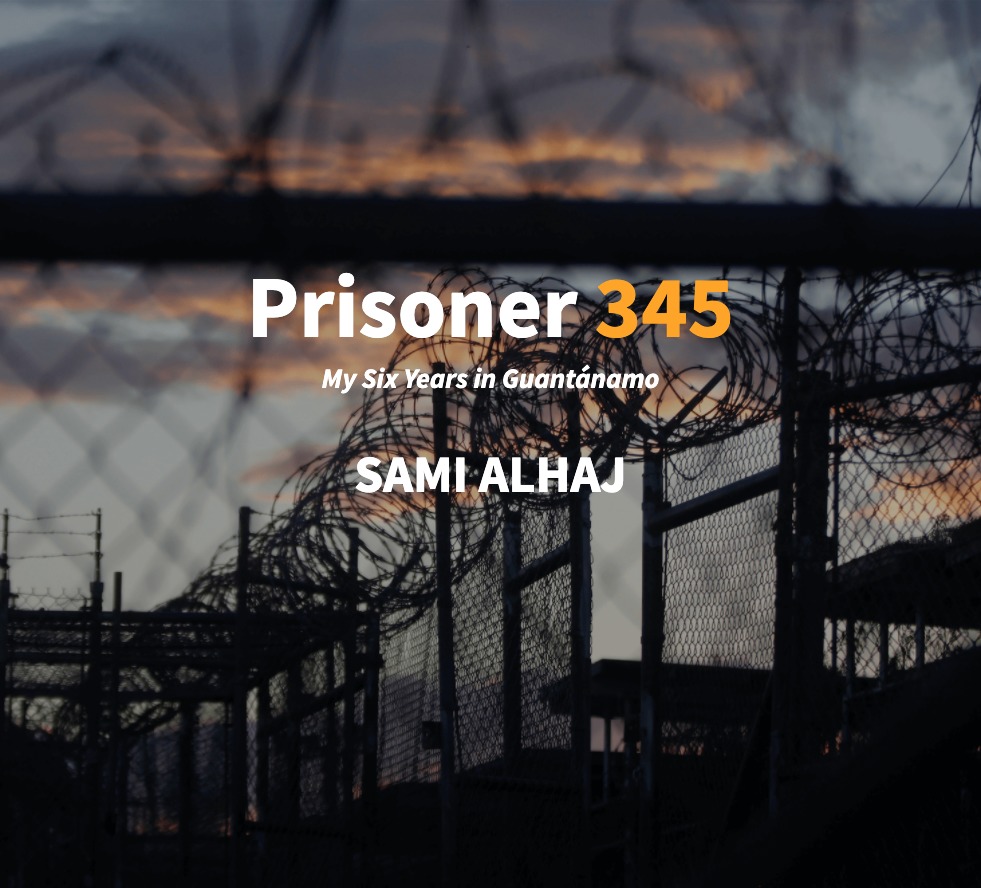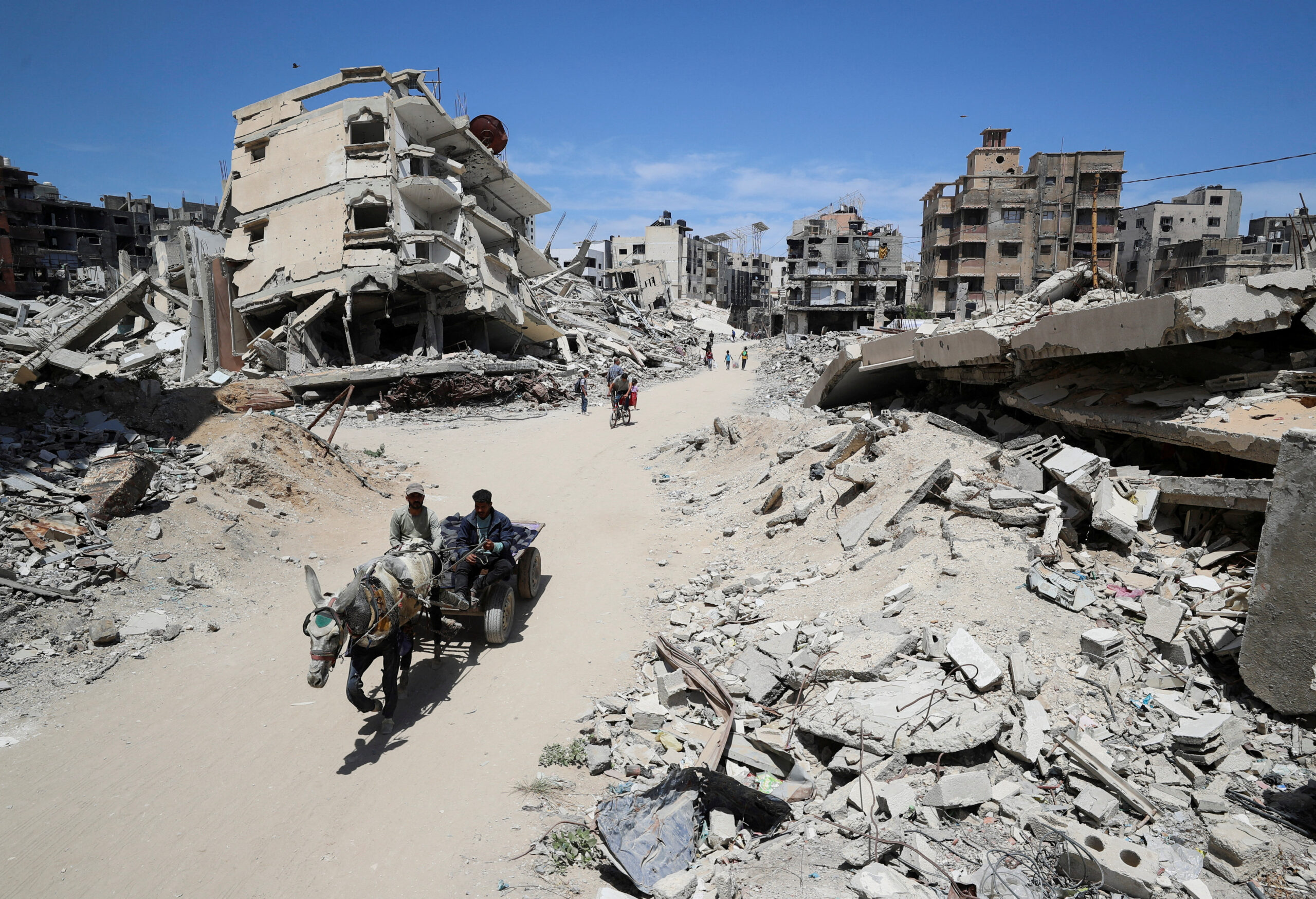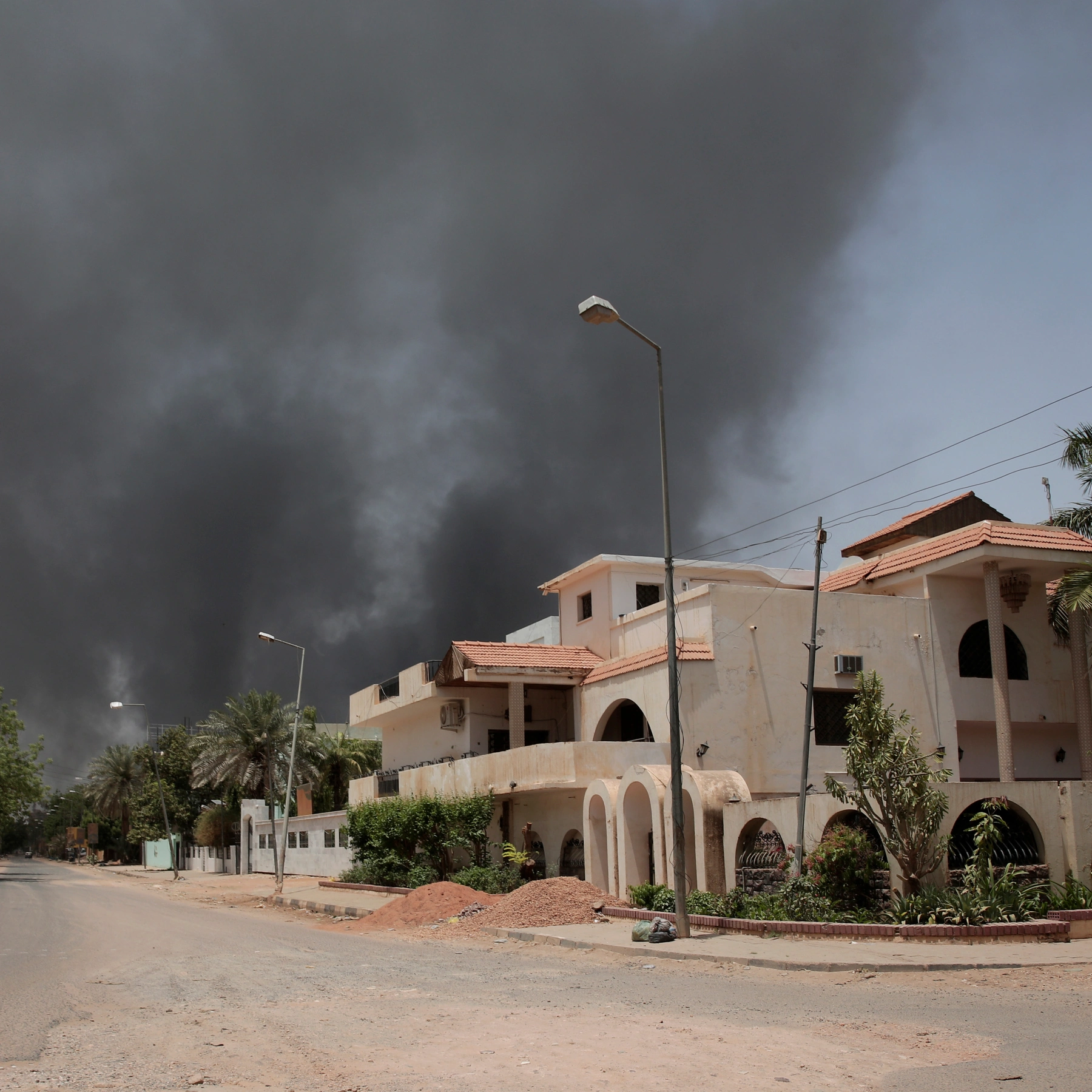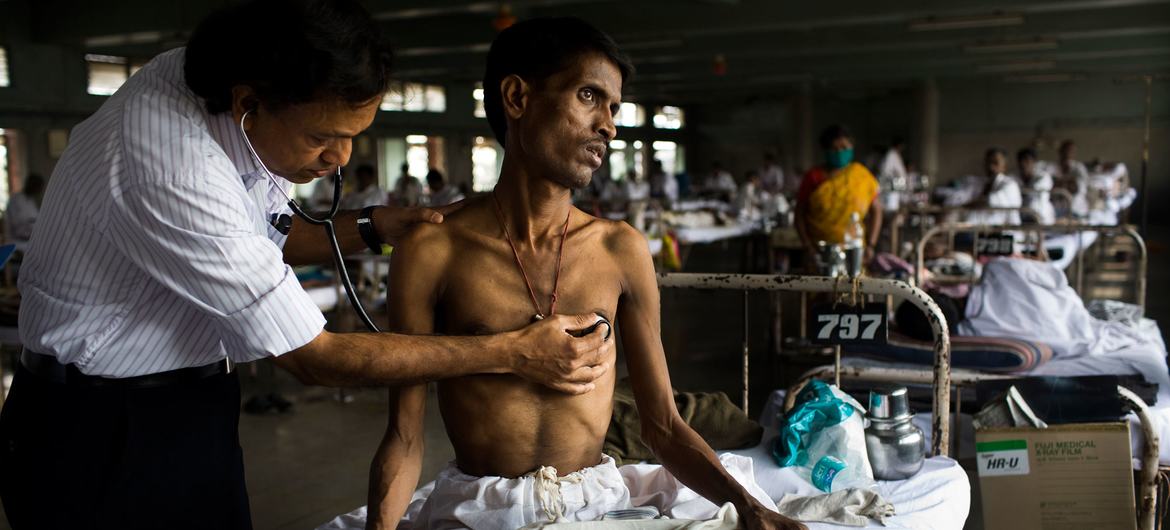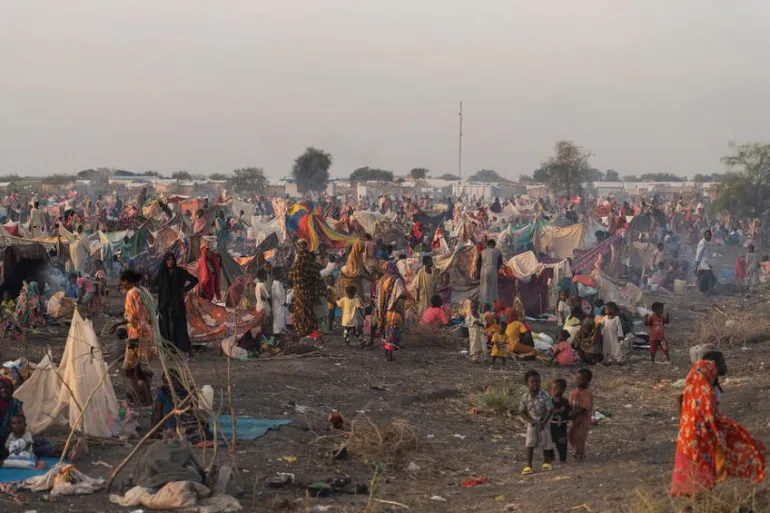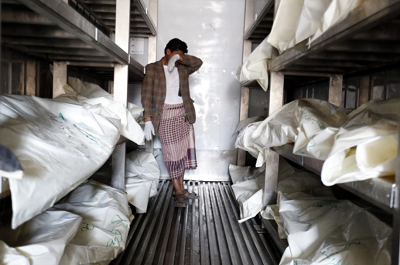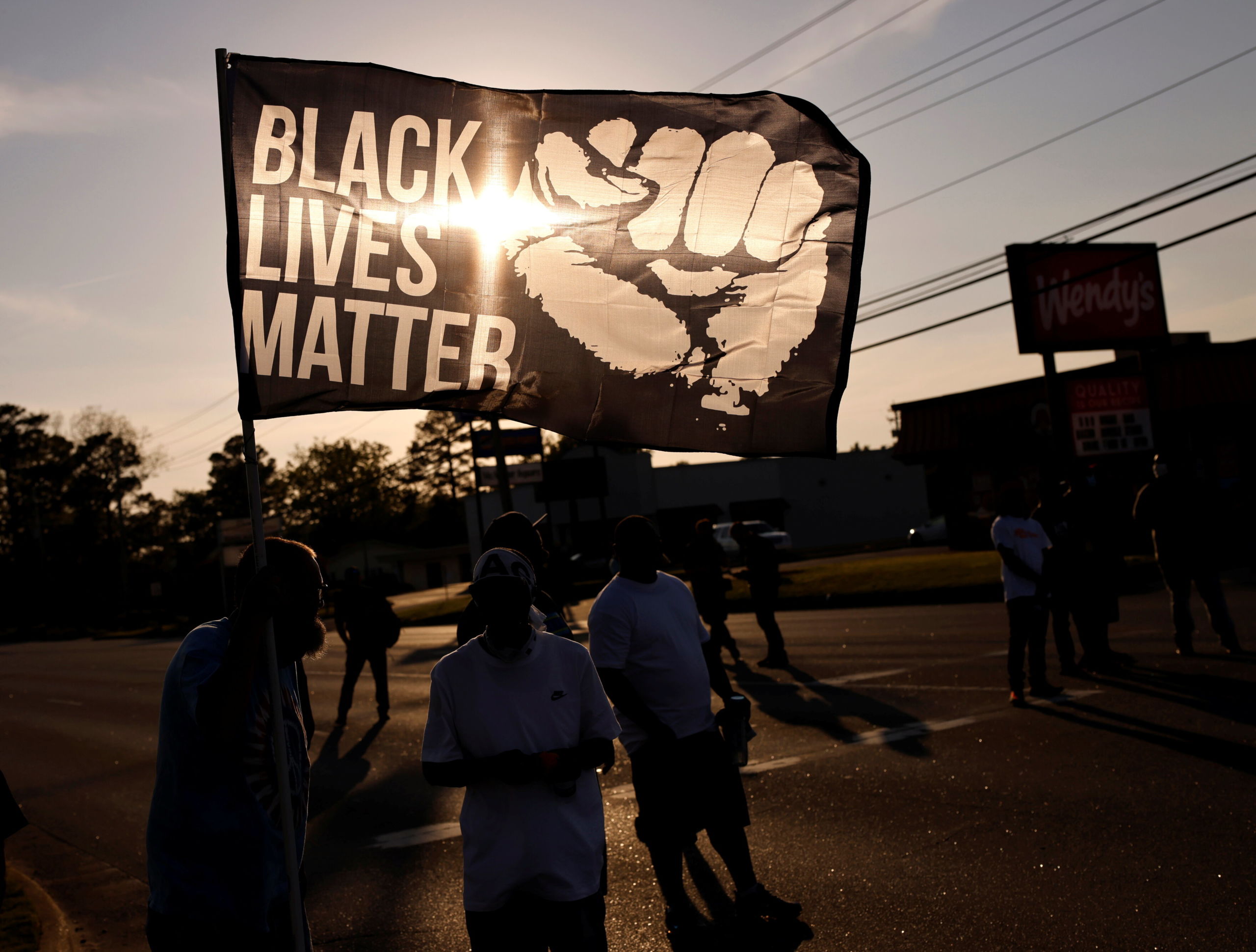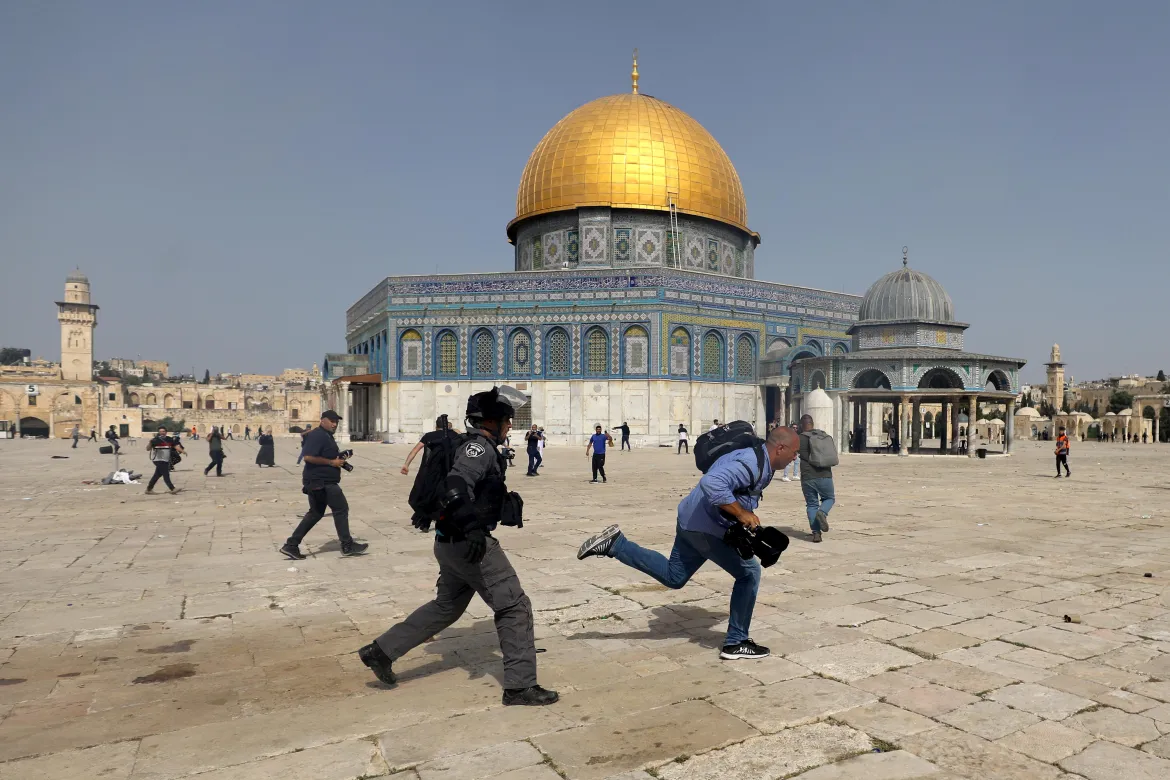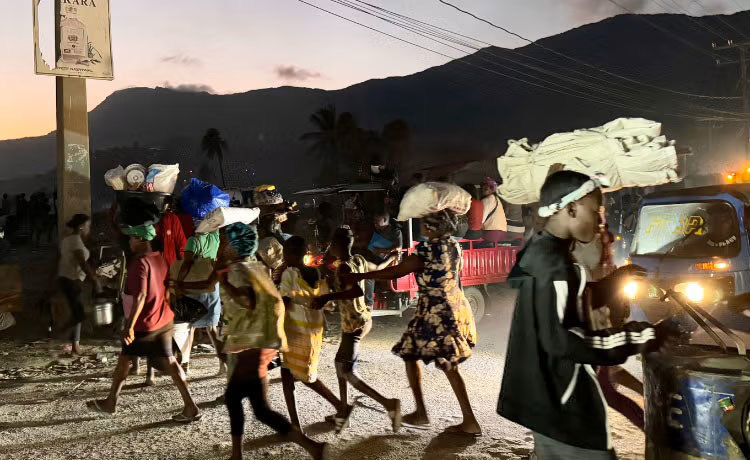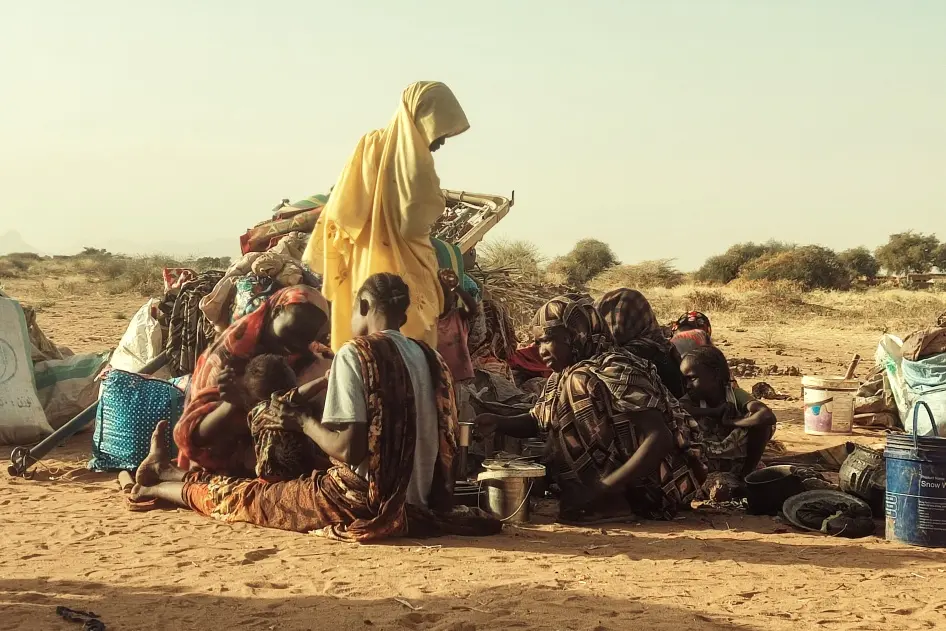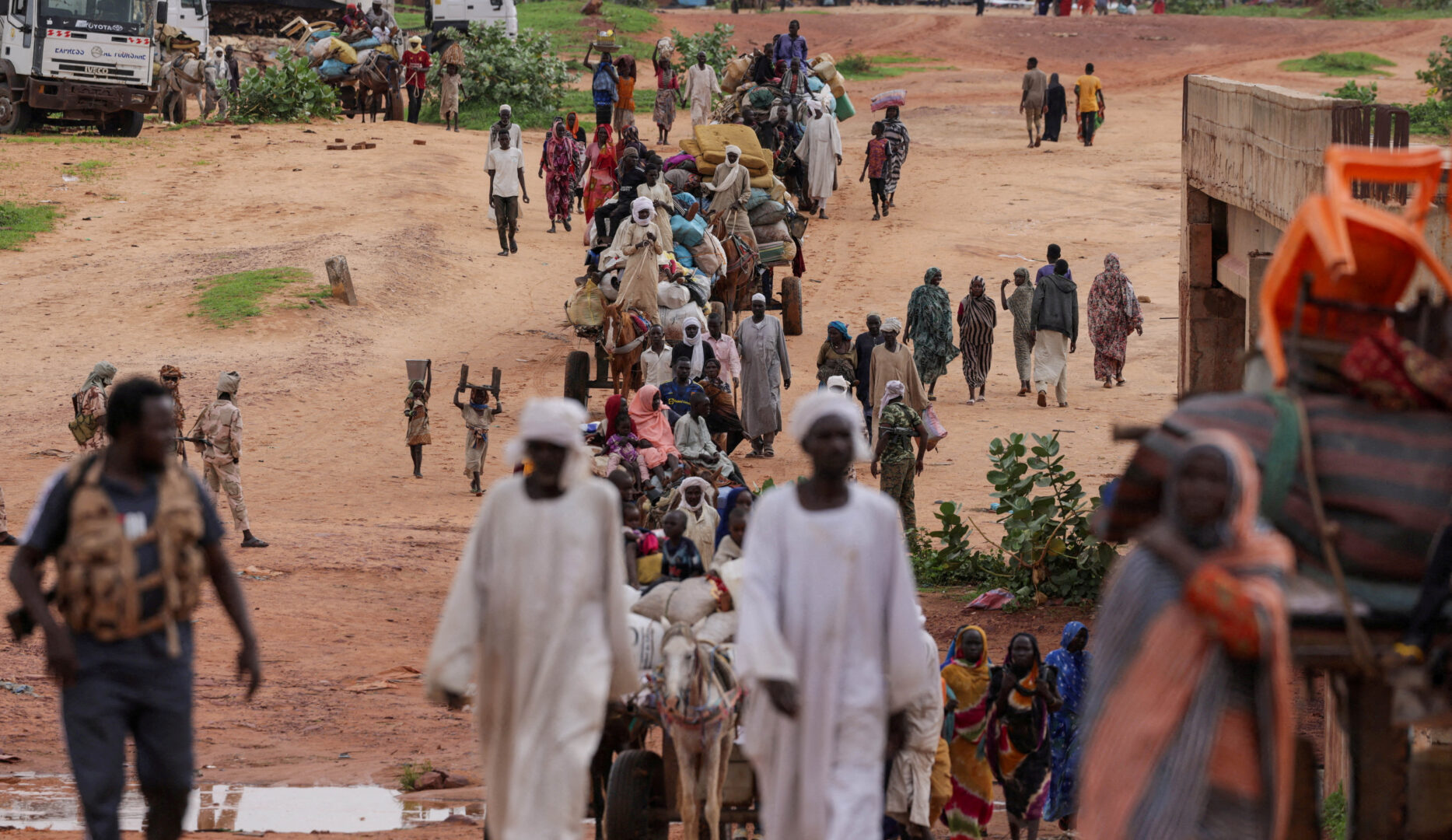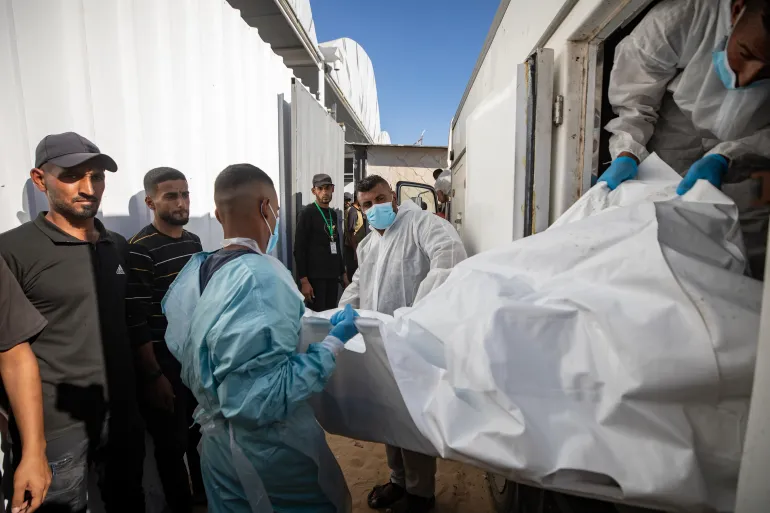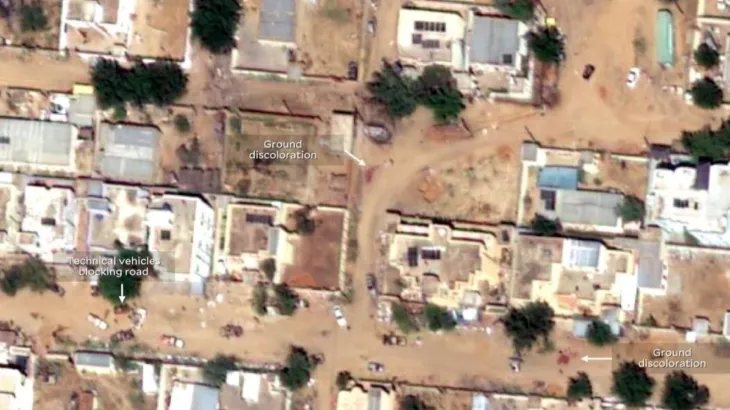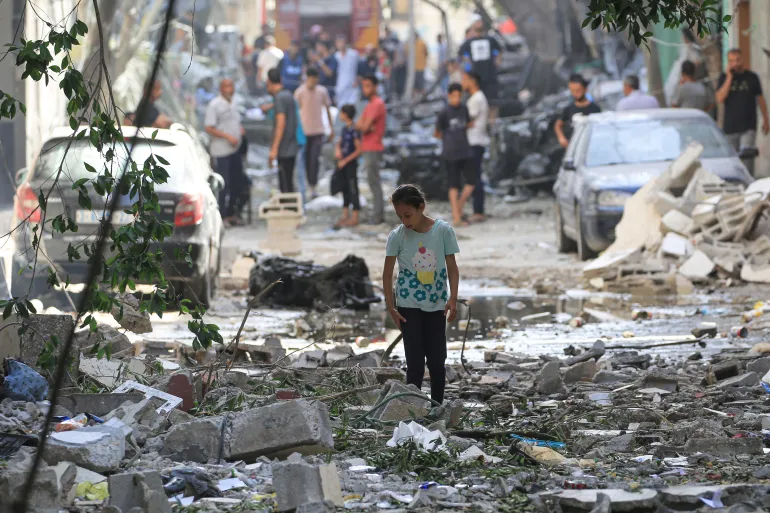What Remains of Care
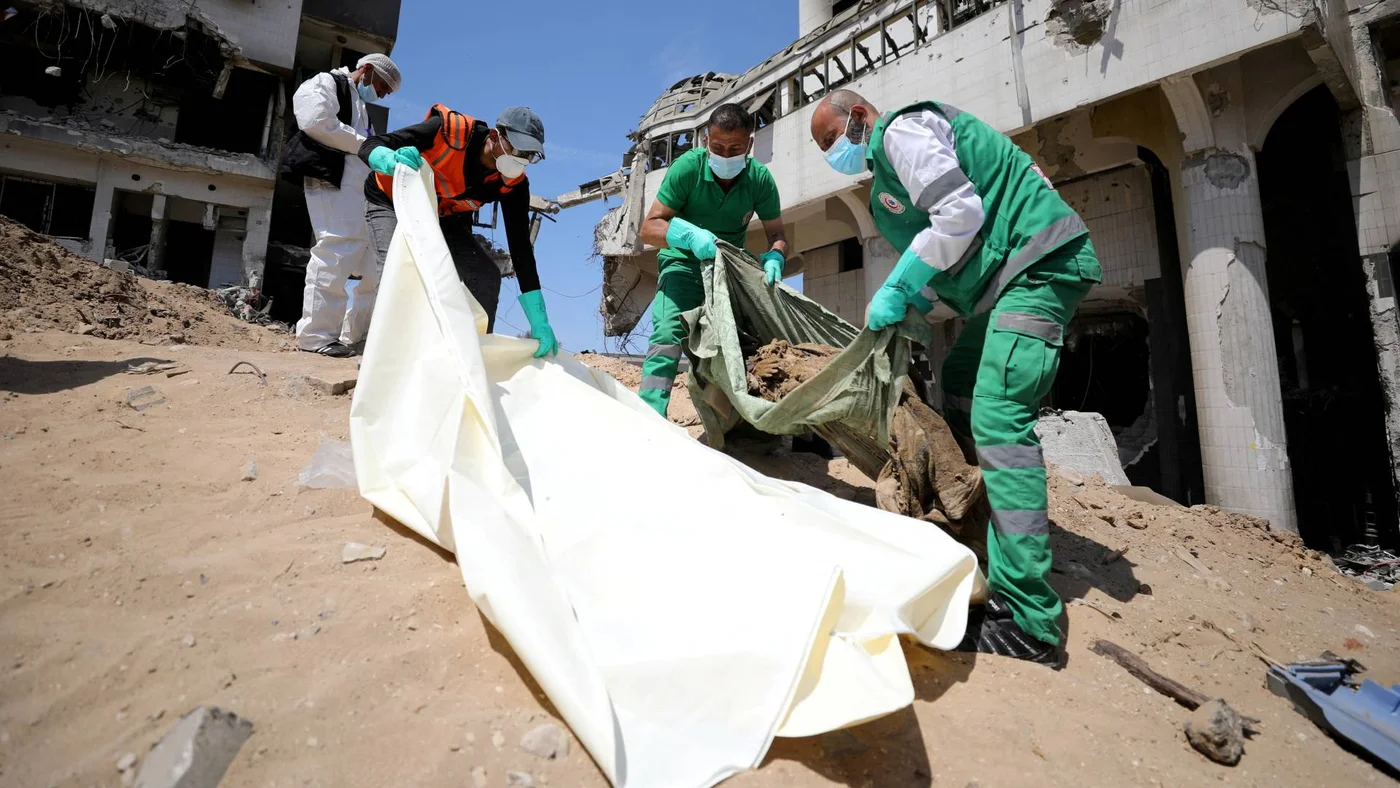
Rescuers and medics search for dead bodies inside the damaged al-Shifa Hospital after Israeli forces withdrew from the hospital and the area around it following a two-week operation in March (Reuters)
James Elder, UNICEF’s global spokesperson, visits Gaza’s Al Shifa Hospital this week to assess what little remains of its capacity to provide care for children—many of them injured, all of them traumatized—amid the rubble and relentless bombardment. The visit comes as the humanitarian catastrophe deepens, and as Israeli military operations continue to devastate civilian infrastructure.
At least 82 Palestinians were killed on Tuesday alone, according to Al Jazeera’s medical sources. Among the dead were 17 people caught in a fight over flour being distributed at a humanitarian centre—an emblem of desperation in a territory where food has become more dangerous to seek than shelter. In Rafah, eight more Palestinians were killed at another food site, the US-funded centre, according to the Nasser Medical Complex.
Altogether, 36 people died and over 208 were injured near food distribution sites on the same day. The pattern is grim and familiar: Israeli forces have repeatedly targeted civilians queueing for aid. Since May 27, at least 163 people have been killed and almost 1,500 wounded while trying to access food.
As northern Gaza braces for further assaults, Israel issued new evacuation orders on Tuesday, covering areas including Al-Karamah, Abd al-Rahman, Al-Nahda, and the densely populated Jabalia neighbourhood. Ground operations were expected to begin later the same day.
The violence shows no sign of abating. What remains at Al Shifa, like in so much of Gaza, is not a functioning system, but a symbol—of what has been lost, and of a people now clinging to the thinnest threads of survival.
Al Jazeera.
- Most Viewed
- Most Popular
